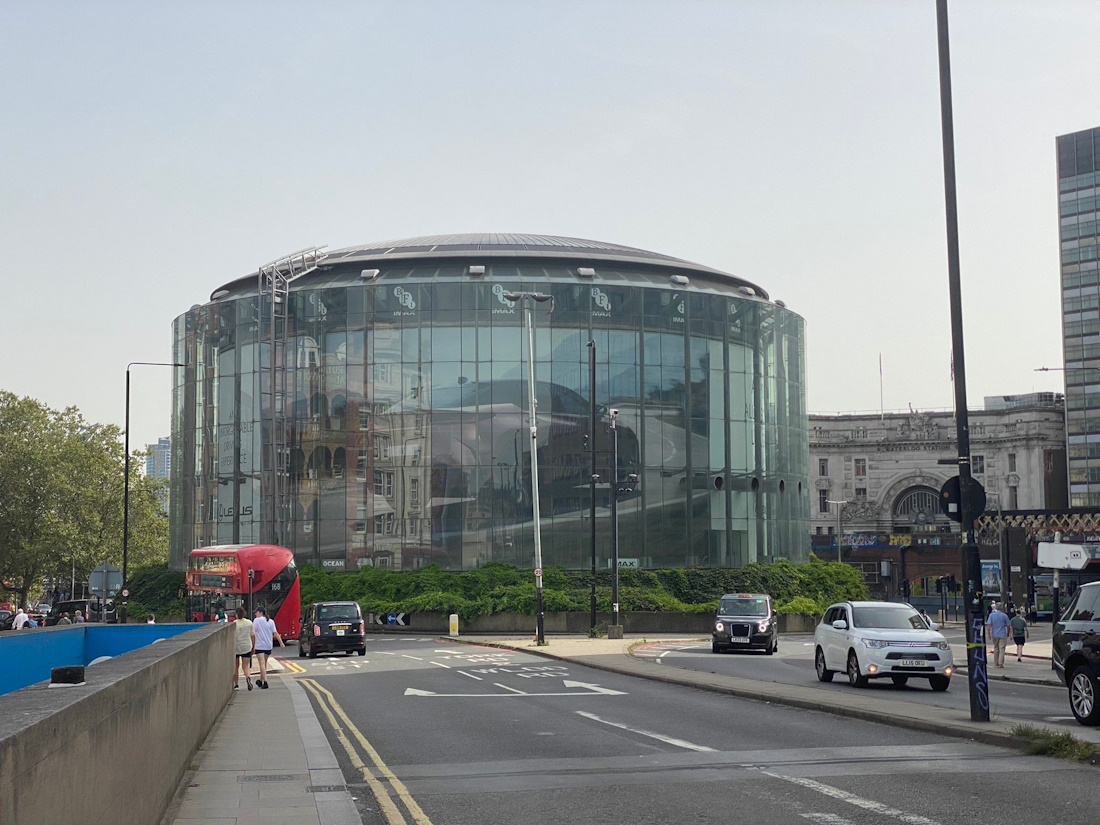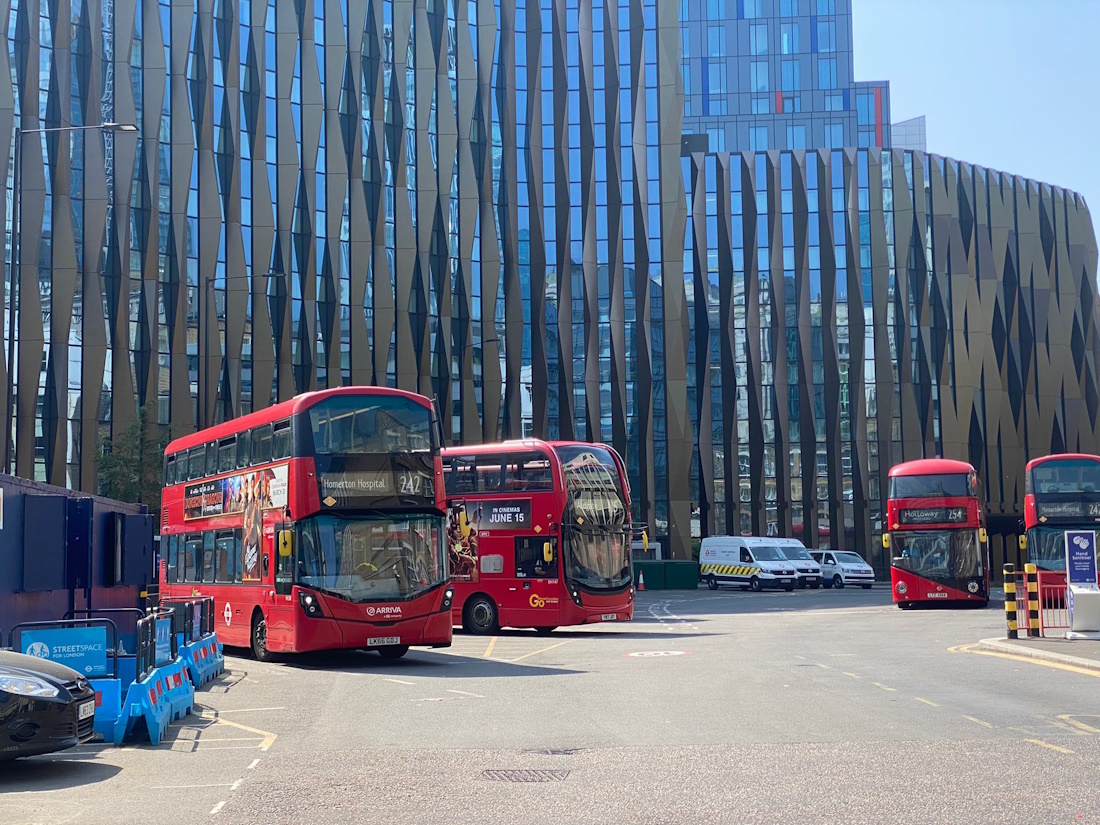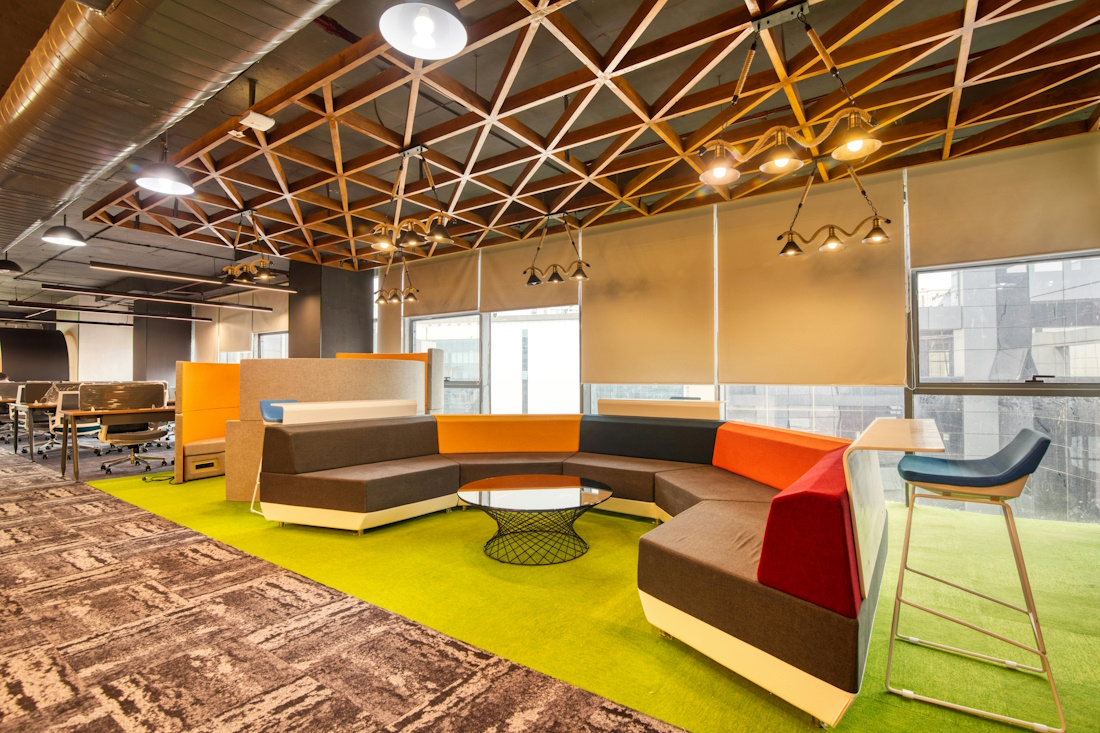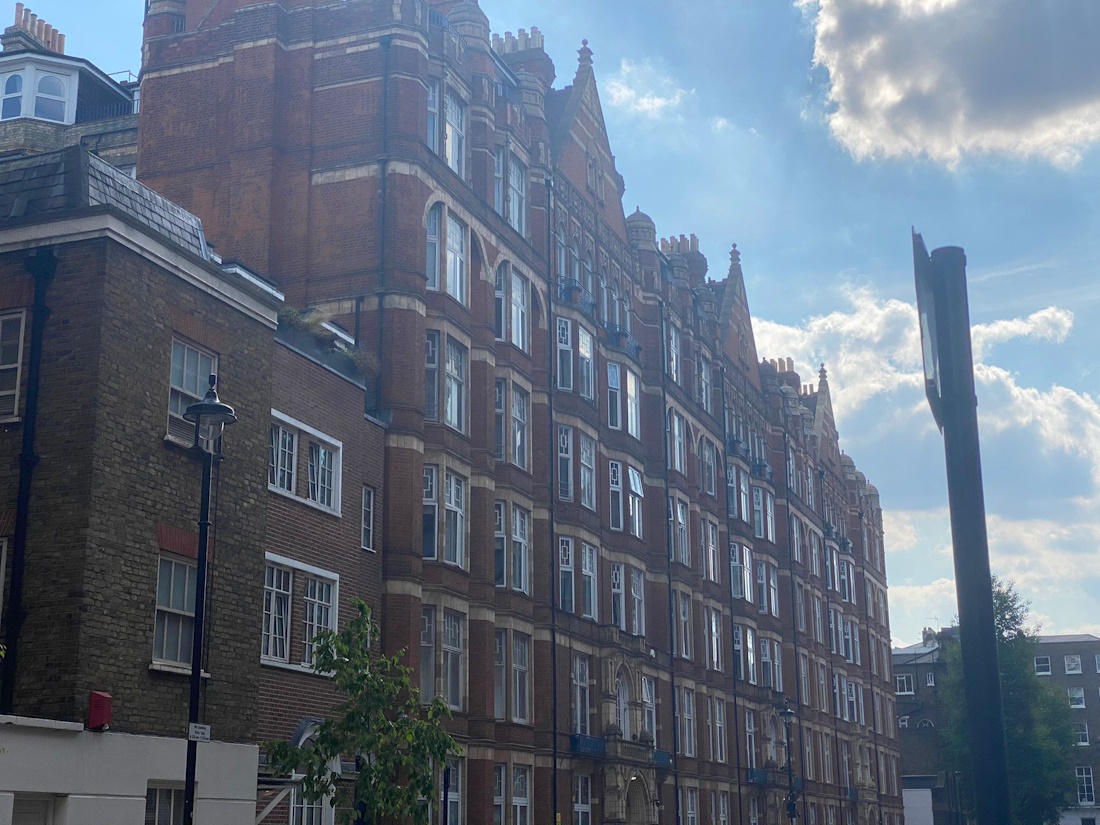What is a Managed Office? An In-Depth Guide
Definition of a Managed Office
Managed offices are fully furnished, self-contained workspaces that normally offer internet, meeting rooms, kitchen, toilet and management of the facility. The space is fully customisable, allowing companies to tailor the space for their operations.
Instead of paying per desk, businesses pay for the space they occupy. The office providers manage all operational aspects. Companies don't need to worry about office cleaning or technical issues as they are dealt with by the provider.
Organisations renting managed offices are given decorative freedom within their workspace, with a wide range of customisation options available to make their environment match the business’s brand.

Relevance to Today’s Business Environment
In a world where companies require more flexibility from their workspaces, managed offices fill that niche.
By having access to varying term lengths, SMEs and scale-up companies have started to favour shorter one-to-three-year contracts like those put forward by managed offices.
Managed Offices: Key Features
• Dedicated Facilities: Managed offices come with self-contained, dedicated facilities, including meeting rooms, breakout spaces and collaboration zones. This prevents the need to book meeting rooms in advance, providing flexibility to the workday.

• Fully furnished: The workspaces are I.T. ready, with ergonomic furniture often provided, ideal for immediate occupation.
• Technology/Internet: The space is normally equipped with fast internet and (optional) telephone handsets. The provider offers onsite IT support and is responsible for its upkeep.
• Administrative Support: Office providers typically have a team on site that handles the building's operations. They offer services such as mail handling and call forwarding.
Advantages of Managed Offices
Renting a managed office provides numerous benefits, some of which we have outlined below.
|
Cost-Effectiveness |
Renting a managed office involves reduced upfront costs. The workspace includes all amenities, utilities, and operational costs, lowering the initial financial barriers for businesses. |
|
Flexibility |
Managed office spaces provide unparalleled flexibility. Smaller companies or startups without the financial security to commit to a long-term lease can benefit from these workspaces when planning for future growth. |
|
Operational Support |
As providers oversee the background maintenance of the managed offices, it is easier for businesses to work without distractions. |
|
Increased Privacy |
Workspaces are typically whole floor plans. Most amenities within the space are self-contained and private from other organisations within the building, reducing any distractions. This is one of the many ways we have found to improve work productivity. |
Potential Disadvantages
On the other hand, some businesses may find a few drawbacks with managed offices.
|
Dependency On the Provider |
Because the business centre performs administrative tasks like client greeting, call handling, and postal collection, an organisation's experience depends on the provider it chooses to work with. This means that you must look for managed office providers with a good reputation, as it plays a part in whether you have a positive experience. |
|
Seemingly Higher Costs |
A managed office can sometimes seem slightly more expensive than alternatives because you pay an all-inclusive price. However, as with serviced offices, this is cost-effective in the long term. Some of the benefits you are paying for include the additional space and self-contained amenities within your workspace. |
|
Time Taken Settling In |
Once you decide on your office, you can start business operations immediately. However, it can take some getting used to. Due to the vast new level of control your business has over its workspace, it can take time to organise the space into the layout that best benefits you. |
|
Surplus Space |
As managed offices require you to pay for the entire space rather than individual desks, fluctuations in employee numbers due to hybrid work arrangements or unforeseen circumstances can result in unused workspace. This can initially appear to pose some issues; however, businesses are free to use this extra space as they wish. We have found some companies have converted extra space into lounges or communal working areas. |
Considerations When Choosing a Managed Office Space
There are a variety of important factors businesses should consider before choosing a managed office.
Location
Choosing a managed office in a business district surrounded by similar industries can enhance your organisation’s output and rate of growth. Examples of popular areas in London include Farringdon, Soho, and Mayfair. We recommend that companies rent managed workspaces in locations easily accessed by clients, partners, and employees.

Office Size
Before choosing a managed office, consider the number of employees and meeting rooms required. Will you need additional space in the future? If so, choose an office with enough space to accommodate any increase in your business's size.
For companies narrowing down their options, we recommend viewing available workspaces in person to get a feel for their size before signing a lease agreement.
Available Budget
Take time to focus on the total office space costs you will likely pay. Include all the rent and additional services you need to compare different managed office options. Ensure you understand the pricing breakdown of the services you will pay for to make an informed decision.
Additional Services
Similarly, many managed office providers offer additional services. Make sure you take note of any of interest so that, again, you can compare the pros and cons of any given office.
Some useful amenities offered by providers include fitness centres and lounges, which can improve the experience of your employees and boost morale within your business. By comparing these offerings, you can ensure that you choose the best managed office for your organisation.

Lease Terms
Previously, we mentioned that managed offices have flexible lease terms that suit a variety of businesses, from newer startups to well-established organisations.
Although this is true, reviewing any office lease terms carefully is still good practice to ensure you understand the duration and potential penalties if you end the contract earlier than initially agreed upon.
Comparing Managed Offices to Other Types of Workspaces
Managed offices boast multiple advantages over other workspace solutions. However, it is still crucial to understand the differences between the types of offices available to rent to determine whether a managed office is right for your business.
Below, we will compare managed offices to traditional offices, co-working spaces and private serviced offices.
Comparison with Traditional Leases
Traditional offices require businesses to rent directly from the building’s landlord, and you may have to commit to a much longer lease term of around 5 to 10 years. They typically have limited agility if you need to scale your organisation quickly due to growth or a decline in employee numbers.
Setting up the initial financial investment and the office itself is expected to require a substantial amount of time. As most leased workspaces have no furniture or utilities included, the responsibility and costs are on the business.
On the other hand, managed spaces are priced by the size of the space and do not require companies to handle utilities and furnish the workspace.
Comparison with Coworking Spaces
Coworking spaces target smaller teams and individuals willing to share workspace with people from different organisations, whereas managed spaces provide private, dedicated facilities.
The two coworking options typically available are hot desks and dedicated desks. Hot desks provide a flexible arrangement in which individuals can use any available desk in an office on a first-come-first-serve basis. In contrast, dedicated desks mean that you rent a specific desk in the shared workspace.
Managed offices differ in that they are private offices rented by one company. This allows for greater levels of confidentiality and stability for companies renting office space.
Comparison with Private Serviced Offices
Private serviced offices are similar to managed in that they give businesses an unshared, dedicated workspace. However, private serviced workspaces are typically smaller and can involve sharing amenities like kitchen facilities and breakout areas with other organisations in the building.
Some serviced office providers limit businesses' freedom over branding and customising their workspace.
Typical contract lengths for serviced spaces range from a minimum of three months to a year, whereas managed office leases range from a year to 3 years.
Types of Businesses Renting Managed Offices
Larger Organisations
We have found that companies that have previously opted for conventional leases are now turning towards managed spaces as they are more flexible. The plug-and-play nature of managed spaces is also seen as a bonus as it removes the need for fit-outs and office management.
Smaller Businesses, Startups, and Freelancers
Smaller businesses are also turning to managed spaces as they find themselves outgrowing their current serviced offices. Managed workspaces are ideal for growing companies as the space is adaptable.
Agile designs for managed offices also benefit smaller companies as they only account for a percentage of employees within the company. For example an organisation with 100 employees may rent a managed office with 60-70 desks to account for hybrid working.
Businesses Requiring Privacy and Security
Managed offices could be a great option if your organisation deals with substantial amounts of sensitive information and requires a secluded workspace for confidentiality. Financial services and legal firms requiring a controlled working area are suitable candidates.
Managed Offices FAQ
1. Where can I find managed workspaces?
Workspaces which are managed can be found in most major cities from London to Birmingham. As they are gaining popularity, it is not uncommon to find them in period buildings or modern skyscrapers.

2. What are the typical lease terms?
Lease terms are flexible, with contracts starting from 12 months and going up to 3+ years.
3. Can managed spaces be customised?
Yes. Managed space layouts can be customised and branded to suit individual organisations.
4. How does a managed office differ from a virtual office?
Managed offices are physical workspaces with amenities, whereas virtual offices provide a business address with administrative services.
5. How secure is my company’s data in a managed building?
Providers of managed buildings offer secure internet access and firewalls. Data protection regulations are also strictly adhered to.